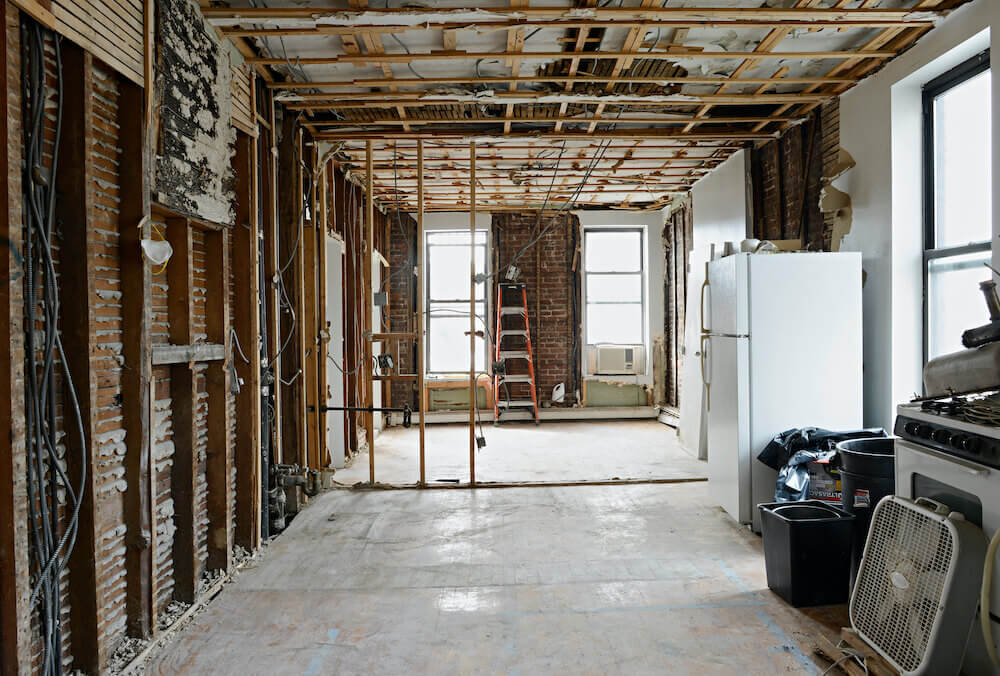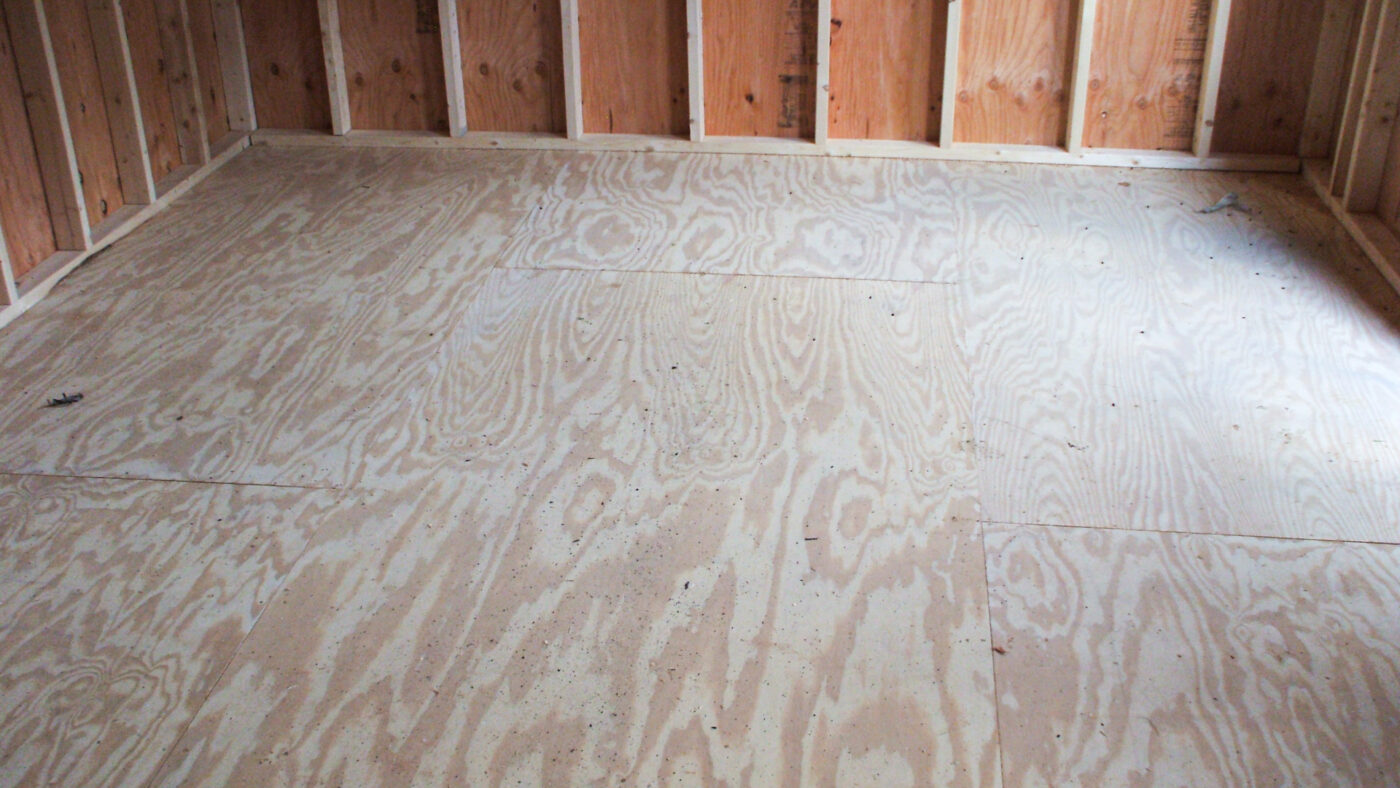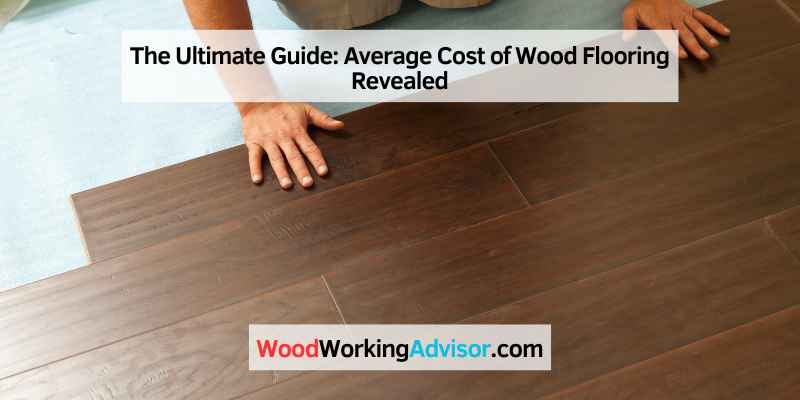The average cost of wood flooring in Austin, Texas is between $6.69 to $365 per square foot. Wood flooring is a popular choice for homeowners in Austin, Texas, offering durability and a timeless aesthetic.
On average, the cost of wood flooring ranges from $6. 69 to $365 per square foot, depending on the type of wood and installation method. When considering wood flooring, it’s essential to factor in additional costs such as underlayment, installation labor, and any necessary repairs or maintenance.
With the variety of wood types available, from rustic hickory to premium Brazilian cherry, homeowners have the flexibility to choose a style that fits their budget and design preferences. Let’s explore the average cost of wood flooring in Austin, Texas, and factors to consider when planning a wood flooring project.

Credit: sweeten.com
Understanding Wood Flooring Costs
Factors Affecting Cost
Wood flooring costs vary based on the wood species, quality, installation method, and region.
- Wood Species
- Quality of Wood
- Installation Method
- Geographic Location
Comparison With Other Flooring Options
When comparing wood flooring with other options like laminate or vinyl, wood may have a higher upfront cost.
| Flooring Type | Average Cost per Square Foot |
|---|---|
| Wood | $8 – $12 |
| Laminate | $2 – $4 |
| Vinyl | $1 – $5 |
Average Cost Of Wood Flooring
Per Square Foot
The average cost of wood flooring per square foot varies depending on the type of wood and the quality of the material. In Austin, Texas, United States, the prices can range from as low as $49.80 per square foot for rustic grade hickory hardwood flooring to $344.04 per square foot for premium Brazilian cherry hardwood flooring.
In Different Locations
Wood flooring costs can differ significantly based on the location. It’s essential to consider prices in various regions to make an informed decision. For example, the cost of hardwood flooring in Texas may be lower compared to prices in other states.
Calculating Total Wood Flooring Cost
When planning to install wood flooring, it’s essential to consider the total cost, including materials, labor, and additional factors. By understanding how to calculate the total wood flooring cost, you can ensure an accurate budget for your project.
Material And Labor Costs
The total cost of wood flooring includes both materials and labor. The material cost differs based on the type of wood chosen, with hardwood flooring prices ranging from $6 to $12 per square foot on average. Additionally, labor expenses vary depending on the complexity of the installation and local labor rates.
Additional Cost Factors
- Subfloor preparation: Costs may increase if the subfloor needs repairs or leveling.
- Trim and molding: Additional expenses might arise for trim and molding installation around the edges of the room.
- Removal of existing flooring: If there is old flooring to be removed, this will add to the total project cost.
- Geographical location: Labor rates and material prices can differ based on the region.
Considering these additional factors alongside material and labor costs is crucial to accurately calculate the total expense of installing wood flooring.

Credit: shedsunlimited.net
Benefits And Drawbacks Of Hardwood Flooring
Hardwood flooring offers timeless elegance and durability, boosting property value. However, it necessitates professional installation and may be pricier compared to other flooring options. The average cost per square foot varies, ranging from $5 to $10 for materials, with installation costs averaging $3 to $8 per square foot.
Advantages
Choosing hardwood flooring for your home comes with a range of benefits that make it a popular option among homeowners. Let’s explore some of the advantages:
- Durability: Hardwood floors are known for their exceptional durability, lasting for decades with proper care.
- Aesthetics: The natural beauty and timeless appeal of hardwood flooring can enhance the overall aesthetics of any space.
- Value: Installing hardwood floors can significantly increase the value of your home, making it a wise long-term investment.
- Easy Maintenance: Hardwood floors are relatively easy to clean and maintain, requiring regular sweeping and occasional refinishing to keep them looking their best.
- Improved Air Quality: Unlike carpets, hardwood floors do not trap allergens, dust, or pet dander, making them a healthier choice for individuals with respiratory issues.
Challenges
While hardwood flooring offers numerous advantages, it is important to consider the challenges that come with it:
- Cost: Hardwood flooring is generally more expensive than other flooring options, both in terms of materials and installation.
- Installation Time: Installing hardwood floors can be a time-consuming process, requiring professional expertise for a seamless finish.
- Susceptibility to Moisture: Wood is naturally prone to moisture damage, making hardwood floors unsuitable for areas with high humidity or frequent water exposure.
- Scratches and Dents: Although hardwood floors are durable, they are not immune to scratches and dents, especially in high-traffic areas.
- Refinishing: Over time, hardwood floors may require refinishing to restore their original appearance, which can be an additional cost and inconvenience.
Tips For Managing Wood Flooring Costs
To manage wood flooring costs effectively, consider budgeting for the average cost per square foot in your area. Explore different wood flooring options to find the best value for your space. Additionally, compare labor costs for installation to stay within your budget.
Diy Vs. Professional Installation
One of the biggest decisions you’ll face when it comes to wood flooring is whether to install it yourself or hire a professional. While DIY installation can save you money upfront, it’s essential to weigh the pros and cons before making a decision.
Here’s a breakdown of the key factors to consider:
- Cost: DIY installation can be cheaper since you don’t have to pay for labor. However, keep in mind that mistakes during installation can lead to additional expenses down the line.
- Skills and Experience: Installing wood flooring requires precision and knowledge. If you have prior experience or are confident in your skills, DIY might be a good option. Otherwise, it’s advisable to hire a professional to ensure a flawless installation.
- Time: Installing wood flooring can be time-consuming, particularly if you’re not familiar with the process. Hiring professionals can save you time and energy, allowing you to enjoy your new floors sooner.
- Quality: Professional installers have expertise in ensuring proper subfloor preparation, acclimation, and installation techniques. This can result in a higher quality and longer-lasting flooring.
Ultimately, the decision between DIY and professional installation depends on your skills, experience, budget, and time availability. Consider these factors carefully to make the best choice for your wood flooring project.
Hidden Costs To Consider
When planning your wood flooring project, it’s crucial to account for hidden costs that can impact your budget. Here are a few expenses to keep in mind:
- Subfloor Preparation: If your subfloor requires repairing, leveling, or moisture mitigation, it can increase the overall cost of the project.
- Removal of Existing Flooring: If you have old flooring that needs to be removed before installing wood floors, budget for the cost of labor and disposal.
- Trim and Molding: Installing new wood floors often requires replacing or adding trim and molding, which can incur additional expenses.
- Underlayment: Depending on the type of wood flooring you choose, you may need underlayment materials for noise reduction, moisture protection, or insulation.
- Finishing and Sealing: After the installation, you might need to apply finishes, stains, or sealants, which can add to the total project cost.
- Delivery and Shipping: If you’re purchasing wood flooring materials online or from a distant supplier, factor in the cost of delivery or shipping.
By considering these hidden costs upfront, you can avoid unpleasant surprises and ensure that your budget covers all necessary expenses for your wood flooring project.
Frequently Asked Questions On Average Cost Of Wood Flooring
How Much Does It Cost To Put Hardwood Floors In 1500 Square Feet?
The cost to install hardwood floors in 1500 square feet averages around $6. 69 to $365 per square foot in Austin, Texas.
Is It Cheaper To Install Hardwood Or Laminate?
Installing laminate flooring is generally cheaper, around $4 to $8 per square foot, while hardwood can cost $8 to $12.
How Do You Calculate Wood Flooring Cost?
To calculate the cost of wood flooring, you can use a formula that takes into account the square footage of the area to be covered, the cost of the wood per square foot, and any additional labor costs for installation.
Multiply the square footage by the cost per square foot of the wood, and add any labor costs.
Is Wood Flooring Cheaper Than Vinyl?
Wood flooring is not always cheaper than vinyl. The cost of wood flooring can vary depending on the type of wood and quality. However, laminate flooring can be a more affordable alternative to real wood, as it offers similar durability and aesthetics at a lower price point.
Conclusion
The cost of wood flooring varies depending on the type and quality, with an average range of $6. 69 to $365 per square foot. Additional factors like installation and labor costs can also impact the total expenses. Considering all these aspects can help homeowners make informed decisions when investing in wood flooring for their homes.


